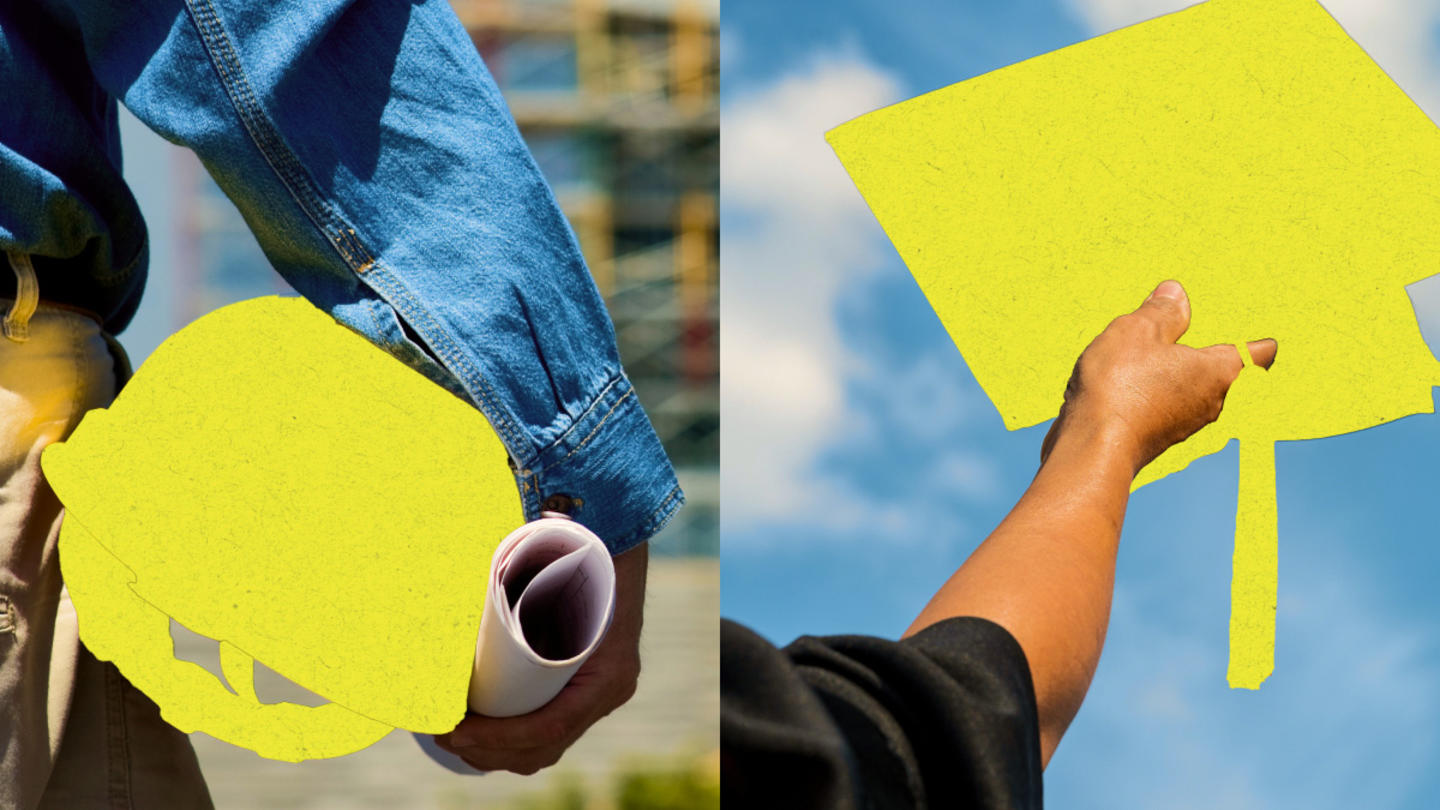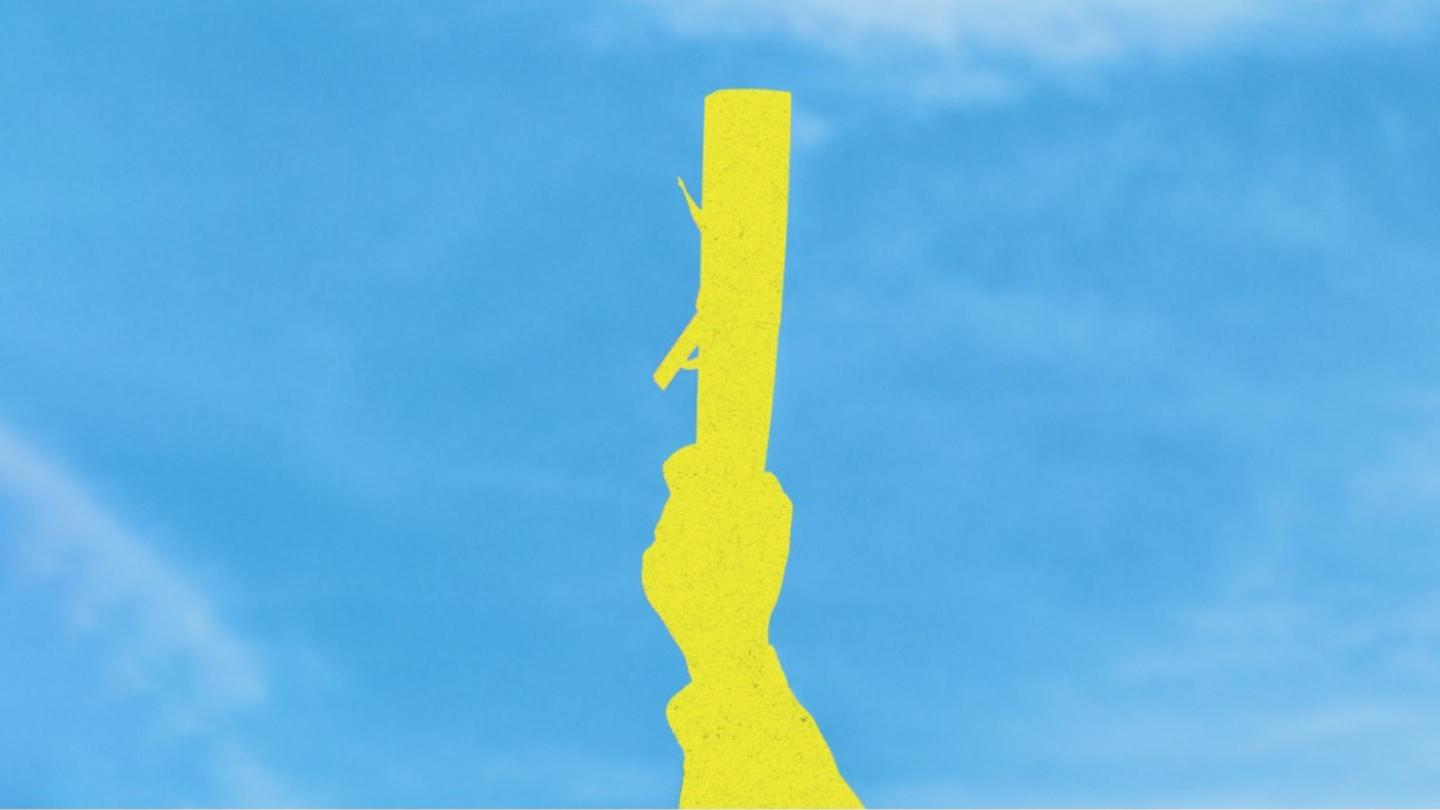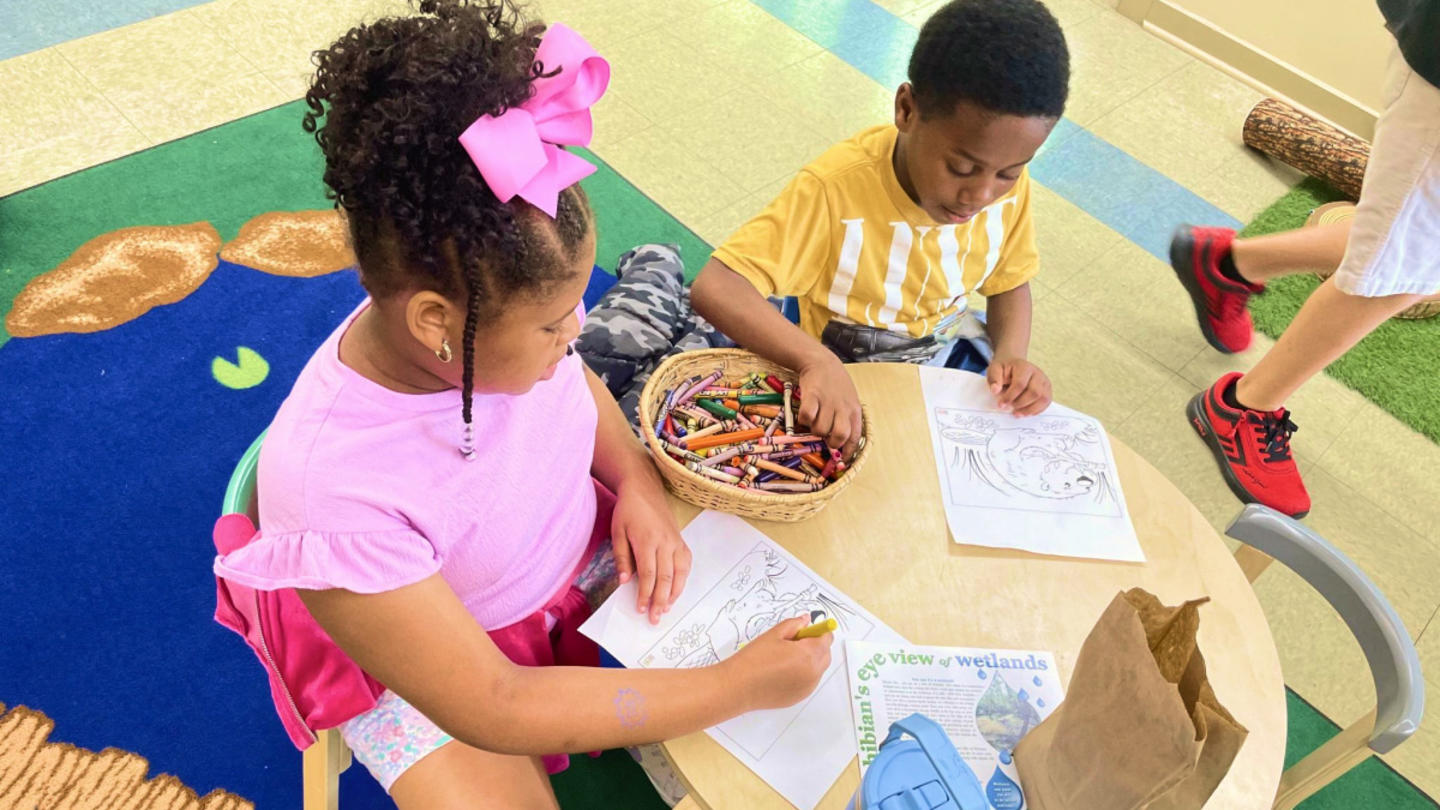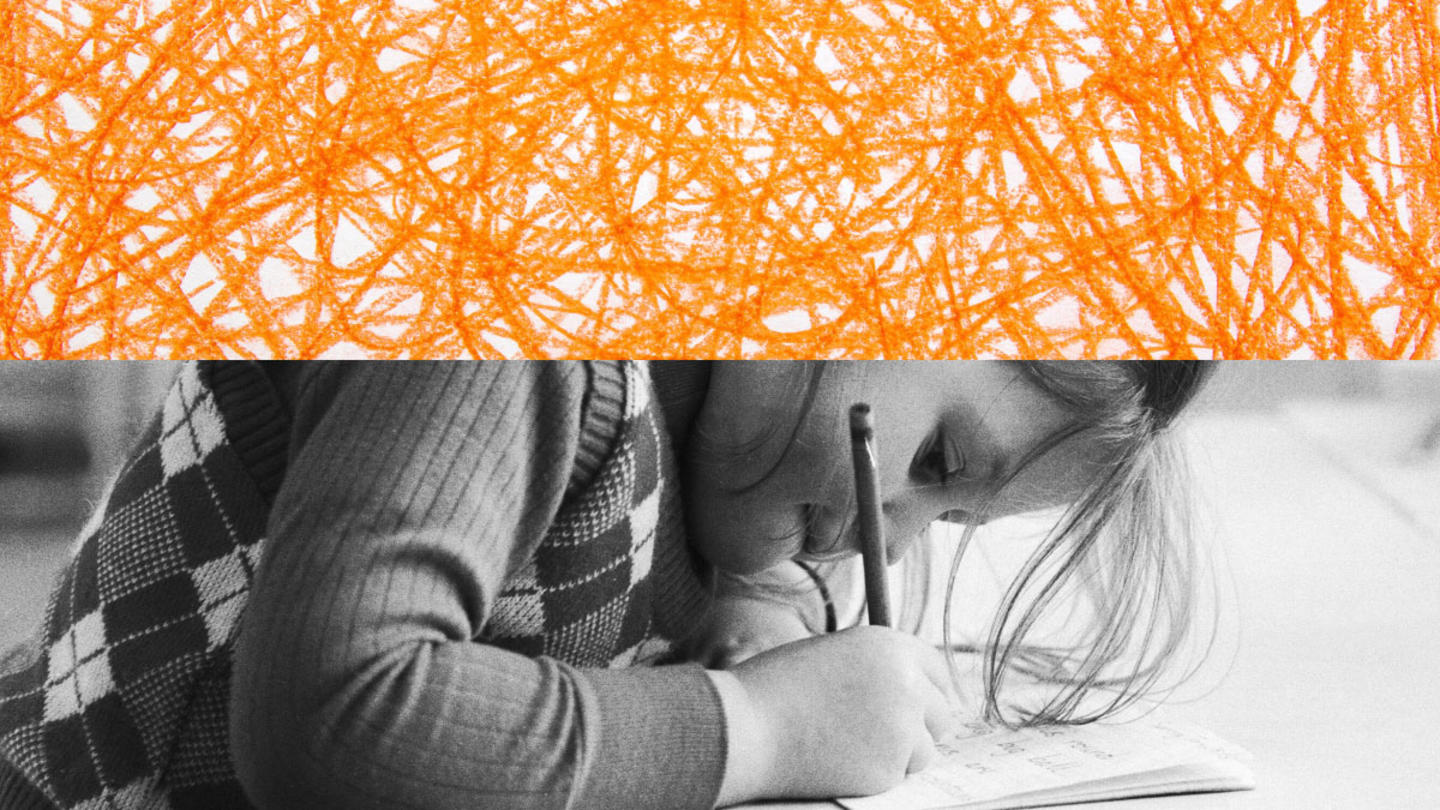What would happen if children could call their own shots at school? What if they could learn what they want, when they want, in the way they want? These are the questions that kept The Forest School co-founder Tyler Thigpen up at night when it came to helping the next generation of learners.
The model of education Thigpen imagined has a name: Self-directed learning. Thigpen believes that, given the chance, all children are potential deep thinkers who can engage with the world in a bigger way. Traditional schools always fell flat for Thigpen. His dream was to "create an environment that honors what's inside of all of us." Despite his own, more traditional upbringing, he knew it was possible.
"I grew up in an environment where my adult teachers, coaches, and mentors loved me but gave me a lot of commands, a lot of 'you have to.'" This didn't always work for Thigpen. He co-founded The Forest School with an aim to let children make their own directives and follow their own curiosity. So far, it's been a success.
The Forest School students learn on their own timeline and work with a diverse range of peers that challenge them to think deeper. Parents say the school's emphasis on leadership skills, communications skills, and team dynamics sets up their children for life. The result: happier, more engaged, and more productive citizens. That is the key to a strong country, says Thigpen.
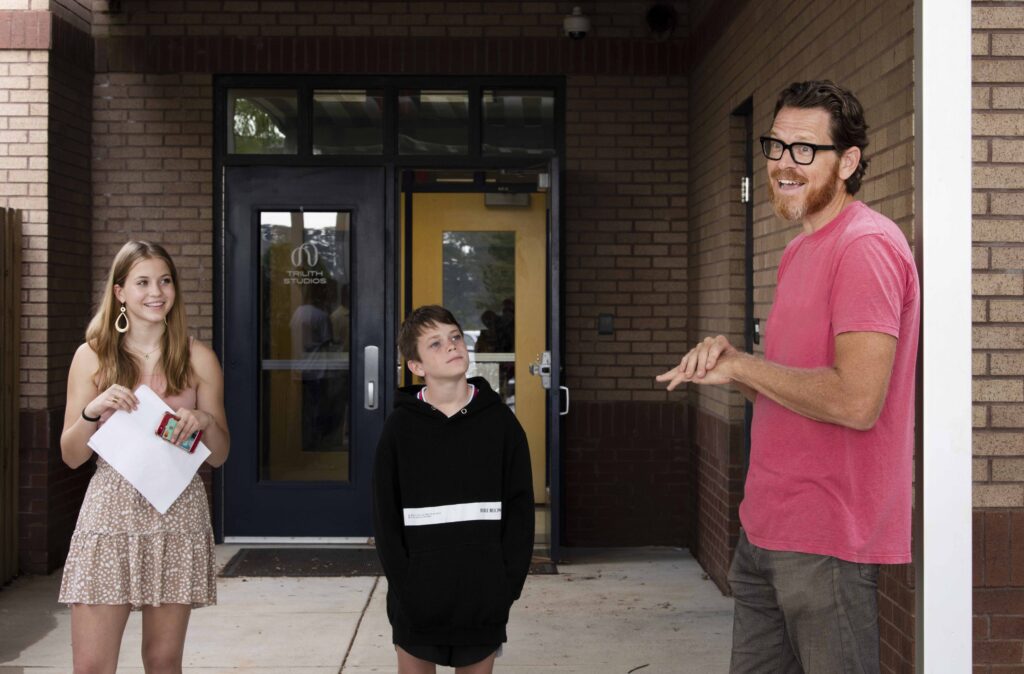
The Forest School offers an antidote to boredom
Traditional methods simply do not work for everyone. And even for the ones they do work for, it can still be a challenge. Students report being bored up to half their time at school. Half of high school dropouts cite boredom as the main reason they left.
Thigpen says this is because traditional schools are designed for accountability and compliance. In his eyes, top-down accountability undermines autonomy and the search for meaning and leads to burnout. The "you have to" mentality provokes anxiety in students and contributes to dissatisfaction among educators.
"School has been set up and designed to quiet and, in some cases, even shut down the chance for young people to identify, express, and develop their own thoughts, feelings, and plans," Thigpen explains.
By contrast, self-directed learning allows students to decide their own educational goals, strategies, and needs. Instead of the one-size-fits-all, top-down approach there's no homework, testing, or grades.
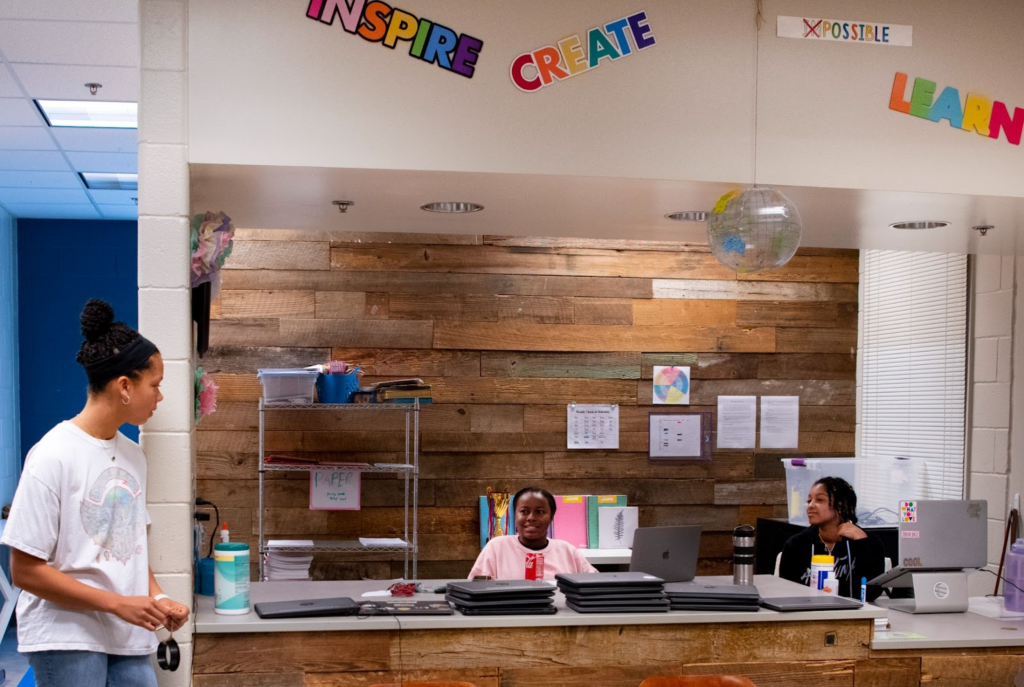
Thigpen says this model lets students invest in themselves and their own education, while also reducing the boredom that plagues so many learners. From his experience, the learning curve for this new model always pays off.
"There's a moment, or series of moments, that learners step up in a way that's completely new," he says. "You can never take that away from them, and we believe it's going to carry on for the rest of their lives."
Letting students learn how to learn
The Forest School is designed to guide learners in the direction they want to grow. Thigpen says students "become truly independent and really learn how to learn."
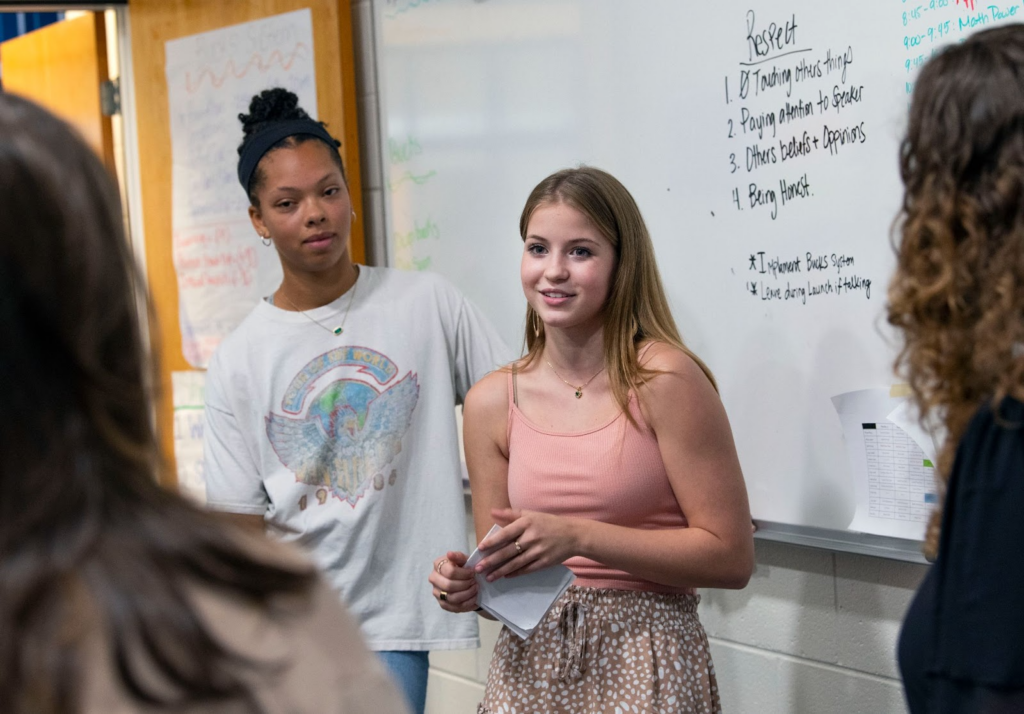
The Forest School aims to help children think independently and critically. There are open-ended conversations, fun games where children act as politicians or master chefs. All students use the latest technology to enhance their work and finally, get to find and design their own apprenticeships to get real-world preparation for their adult lives.
The students flourish. In fact, they use an assessment they call the "flourish assessment" which provides an opportunity for every child to build confidence and independence. It's a self check-in. Does this make me happy? Do I feel good? And if I don't, what needs to change? This curiosity and self-confidence is the metric and what The Forest School is all about.
Forest School students meet the real world — on their own terms
The Forest School students are responsible for choosing and securing their own apprenticeships — beginning at age 8.
Until age 10, students attend one-day apprenticeships with their parents. Then they complete a one-week apprenticeship each year until high school, when they complete four one-week apprenticeships per year.
They identify opportunities, call or email three companies, then decide which one suits them best based on those responses. If none reply, they start the process again.
This process prepares them for the real-world work they'll have to confront — including rejections. The reality is, every human faces rejection at some point. They are taught they're not alone and the experience does not have to rob them of their sense of self or dignity.
"We guide learners to not see failure as the end of the world," Thigpen says, "but rather as a learning moment and to take ownership for their actions."
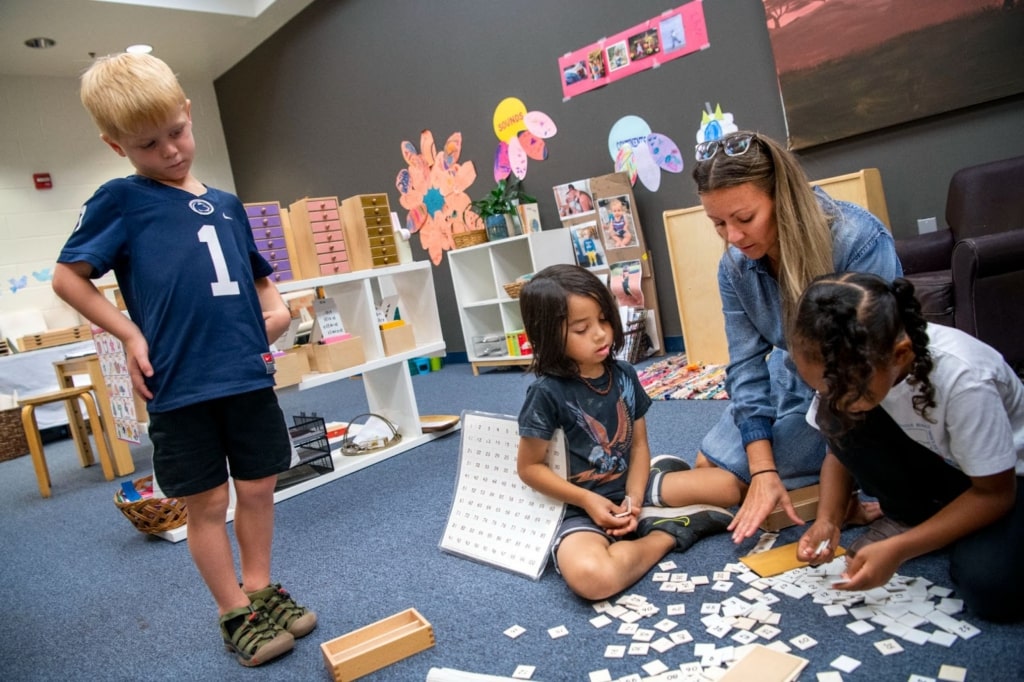
The future of the self-directed learning model
The Forest School serves as a model for self-directed learning worldwide. Thigpen's associated institute offers a number of online courses. Their most popular class is a blueprint for self-directed high schools.
The Forest School isn't an alternative to traditional education, it's a new model, Thigpen says. Still, he's considering accreditation, which would provide students with every possible option after high school.
Thipgen's own journey to The Forest School began at 12. His parents told him he'd have to buy his own car when he turned 16. So he was proud when he saved enough from his lawn-mowing business.
"I realized it wasn't just me," he says. "It was my parent's lawnmower. Mowing lawns was a friend's idea. My grandfather taught me how to open a bank account. It was my neighbors who hired me."
But it was Tyler who did the work to put all these things together and used what he had available and made the connections. That opportunity for self-direction is what The Forest School is all about and what he hopes to offer to every child.
Learn more about Stand Together's education reform efforts.

